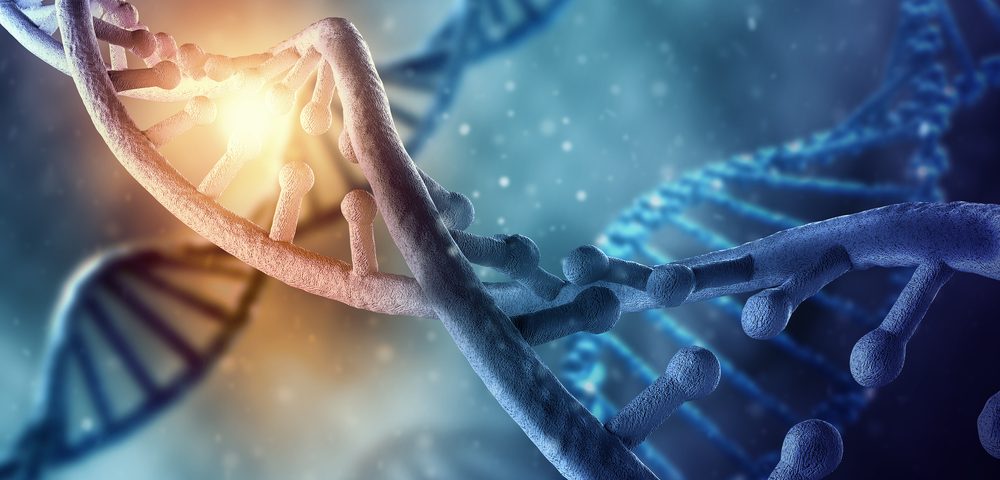Researchers have identified a mechanism of resistance to PARP inhibitors — such as Lynparza (olaparib) and — in ovarian cancer, that involves the loss of a specific protein called 53BP1, according to a recent study.
This finding may help physicians predict which cancer patients are more likely to develop a resistance to PARP inhibitors — based on the levels of 53BP1’s function — and to decide the best possible treatment.
The study, “53BP1–RIF1–shieldin counteracts DSB resection through CST- and Polα-dependent fill-in,” was published in the journal Nature, and is the result of a collaboration between researchers in the U.S., United Kingdom, Canada, and Sweden.
Mutations in the BRCA tumor suppressor genes are responsible for 5.8% to 24.8% of all ovarian cancer cases, and women carrying these mutations are estimated to have a 44% chance of developing ovarian cancer by the age of 80.
These mutations cause defects in a major DNA repair mechanism that repairs cuts on both strands of DNA, allowing the replication of genetic errors and facilitating the development of cancer. To survive, these cancer cells rely on another repair mechanism, based on an enzyme called PARP1.
Researchers have taking advantage of that situation by developing PARP inhibitors — molecules that suppress PARP1 function — potentially leading to the accumulation of DNA damage, and ultimately to the death of these cancer cells.
However, not all patients with BRCA mutations respond to this therapy. Researchers have identified several strategies adopted by cancer cells to evade the effects of PARP1 inhibitors, and more efforts are being made to better understand their underlying mechanisms.
The loss of 53BP1 — a protein associated with the well-known tumor suppressor gene p53 and involved in DNA repair — is known to make BRCA1-deficient cells regain their ability to properly repair DNA, without requiring PARP1.
While the mechanisms behind the tremendous advantage of losing 53BP1 in these cells are poorly understood, it was assumed that, in the absence of BRCA1, the protein 53BP1 directly prevented the trimming of cut DNA that is essential for adequate DNA repair.
Now, researchers have discovered that 53BP1 acts in a different way.
Using human and mouse cells grown in the lab, they figured out that 53BP1 induces the filling-in, or rewriting, of those sections of cut DNA, counteracting the trimming process. This leads to an imperfect repair, DNA damage, and eventual cell death. As a result, some cells have evolved to escape these effects by losing 53BP1.
“This is a complete shift in our understanding of the mechanism that underlies this form of treatment for BRCA1 cancers,” Titia de Lange, the study’s senior author and the head of the research team at The Rockefeller University, said in a press release.
The researchers also found that 53BP1 acts through the activation of a protein complex known as CST, which in turn recruits and binds to an essential enzyme of the rewriting process, called DNA polymerase alpha-primase.
“In the big picture, this new insight into 53BP1’s function and its role in drug resistance provides a foundation for advancements in PARP inhibitor therapy,” added Zachary Mirman, the study’s first co-author.
The researchers noted that the future development of screening tests to detect potential resistance mechanisms, such as the loss of 53BP1, could help physicians make better treatment decisions.

